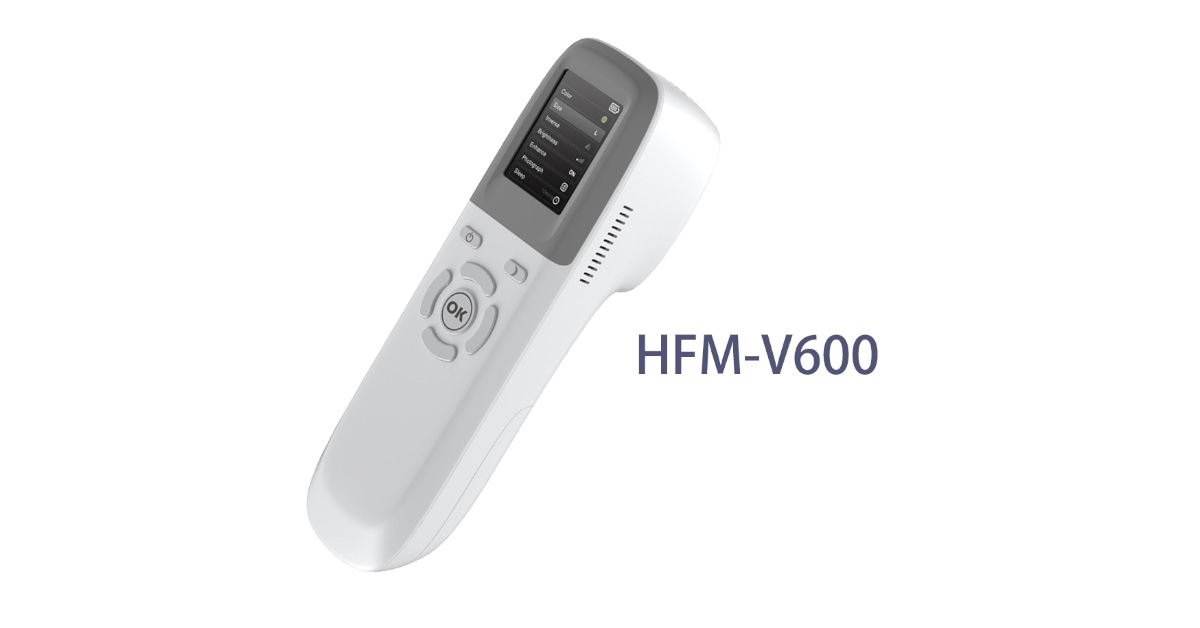The Use of Vein Finder Equipment in Modern Healthcare
In recent years, technological advancements in healthcare have transformed the way medical professionals perform various procedures, making treatments safer, faster, and more effective. One such innovation that is becoming increasingly prevalent in hospitals and clinics worldwide is the Vein Finder. This essential piece of equipment has dramatically improved the process of locating veins for various medical procedures, benefiting both healthcare professionals and patients alike. In this article, we will explore the importance, functionality, and wide-ranging applications of vein finders in modern healthcare.
Importance of Vein Finders
For many patients, the prospect of having blood drawn, receiving an intravenous (IV) injection, or undergoing a similar procedure can be a daunting experience. One of the primary challenges medical professionals face in these procedures is locating a suitable vein, particularly in patients with difficult venous access (DVA). This issue can arise for various reasons, including age, obesity, dehydration, or a history of IV drug use. The traditional method of locating veins by palpation and visual inspection can be time-consuming, uncomfortable, and often inaccurate.
This is where the vein finder comes in. It is a non-invasive device designed to assist healthcare workers in identifying veins quickly and accurately. By providing a clear view of veins beneath the skin, vein finders reduce the need for multiple needle insertions, which minimizes discomfort, the risk of complications, and reduces the time required for procedures. For both patients and healthcare providers, this technology offers significant benefits by improving the efficiency and accuracy of venous access.
How Vein Finders Work
Vein finder equipment utilizes near-infrared (NIR) light, which is absorbed differently by blood than by surrounding tissue. When NIR light is emitted from the device onto the patient’s skin, it penetrates several millimeters and is absorbed by the hemoglobin in the blood. This absorption creates a contrast between the veins and surrounding tissue, allowing the device to project a real-time image of the vascular structure onto the skin’s surface.
The device's intuitive interface makes it simple for healthcare providers to position and adjust, ensuring that the clearest possible view of the veins is available. Whether handheld or mounted on a flexible arm, the vein finder allows healthcare professionals to work with greater precision and confidence, especially when working with patients who have difficult-to-locate veins.

Key Applications of Vein Finders
1. Venipuncture and Blood Draws
Venipuncture is one of the most common medical procedures performed, whether for diagnostic purposes or therapeutic treatments. Using a vein finder makes the process smoother, reducing the number of unsuccessful attempts to access a vein. This is especially helpful in pediatric care, where young patients often have smaller, more difficult-to-locate veins. The anxiety and discomfort associated with repeated needle insertions are reduced, improving the overall patient experience.
2. IV Insertion
Intravenous therapy is critical for administering medications, fluids, and nutrients directly into a patient's bloodstream. In emergency settings, the ability to locate veins quickly can be life-saving. The use of a vein finder allows healthcare providers to insert IVs with higher accuracy and less time, which is especially beneficial in trauma or critical care situations where every second counts.
3. Aesthetic and Cosmetic Procedures
Beyond traditional medical procedures, vein finders are increasingly being used in aesthetic and cosmetic practices. For instance, dermatologists and plastic surgeons use these devices during procedures such as Botox injections, dermal fillers, and laser treatments to avoid accidentally damaging veins and causing bruising or unnecessary complications.
4. Dialysis and Chemotherapy
Patients undergoing treatments such as dialysis or chemotherapy often require frequent, repeated venous access. For these patients, it is crucial to preserve vein health and reduce the risk of damage caused by repeated needle insertions. Vein finders help clinicians locate the best veins for these procedures, minimizing trauma and ensuring that treatments can be carried out as comfortably and efficiently as possible.
Advantages for Healthcare Professionals
The use of a vein finder not only benefits patients but also has significant advantages for healthcare professionals. It reduces the physical and mental stress associated with locating veins, especially in high-pressure environments like emergency rooms. By increasing the success rate of venous access on the first attempt, vein finders help improve workflow, reduce patient wait times, and enhance the overall efficiency of care delivery.
Additionally, the device is user-friendly and portable, making it an ideal tool in various healthcare settings. Its versatility means that it can be used in outpatient clinics, hospitals, emergency rooms, and even in home healthcare settings.
Conclusion
The adoption of vein finder equipment in modern healthcare represents a significant step forward in improving patient care and streamlining medical procedures. By providing healthcare professionals with the ability to visualize veins more accurately, this technology enhances the efficiency of venous access, reduces patient discomfort, and minimizes the risk of complications. Whether in emergency settings, routine blood draws, or aesthetic procedures, vein finders have become an invaluable tool in ensuring that patients receive the best care possible. As this technology continues to evolve, its role in modern medicine is likely to expand, offering even more benefits to both healthcare providers and patients.